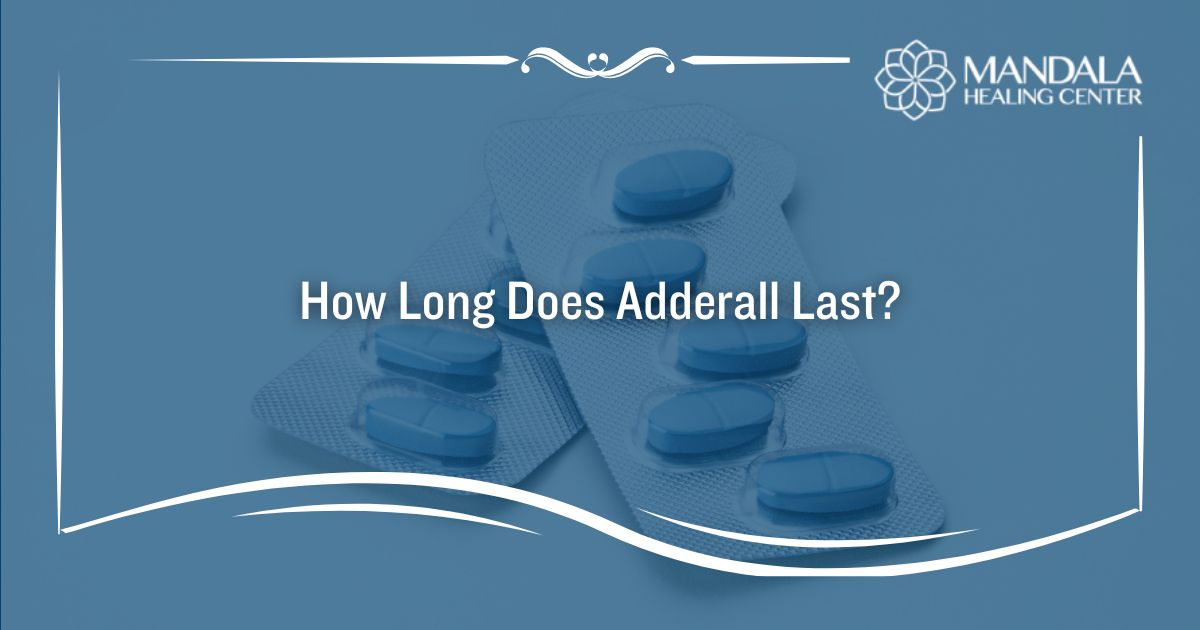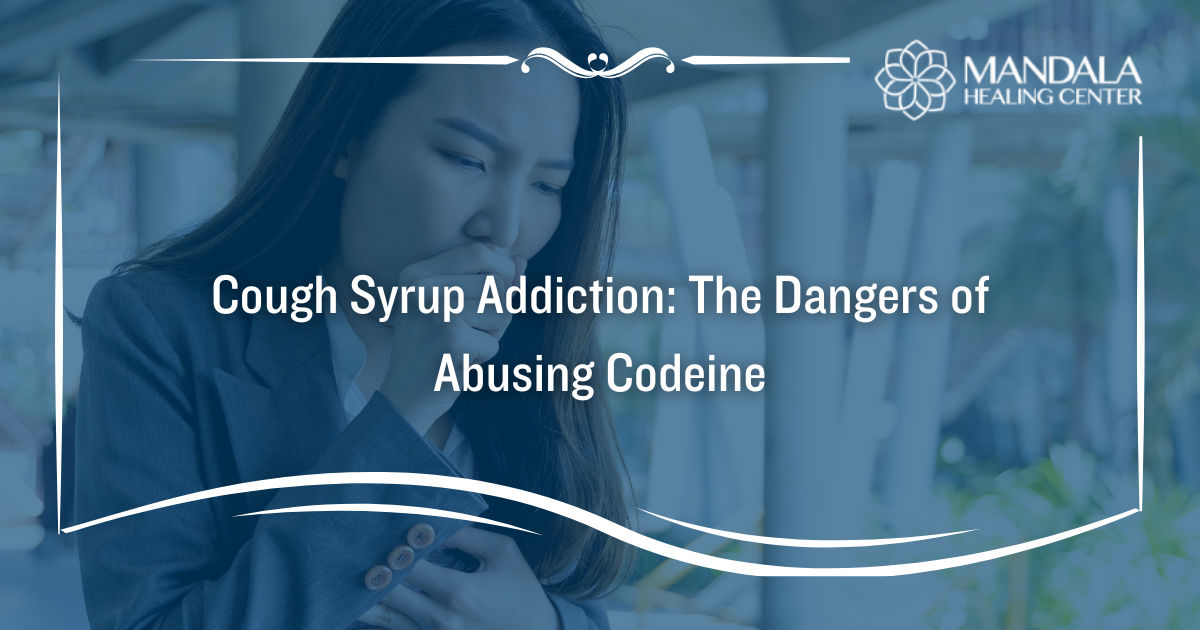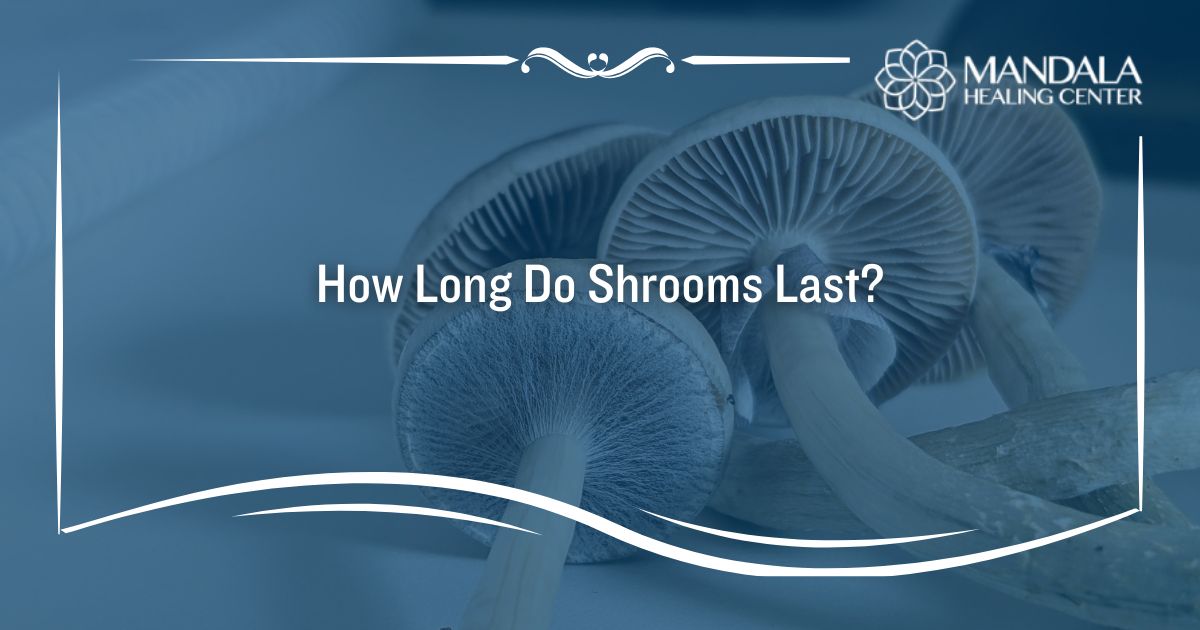Recent research from the Centers for Disease Control (CDC) found that about 51.6 million people live with chronic pain.
In many cases, doctors attempt to treat pain without medication. Exercise, lifestyle changes, mindfulness, and other therapies can help people live more comfortably. But sometimes, people require medications to relieve pain.
Millions of people in the United States take prescription medications to relieve chronic pain. Some of the medications people take for pain have the potential for misuse and addiction. Hydrocodone is one of these medications.
Hydrocodone is a highly addictive opioid pain reliever. Doctors may prescribe a combination of hydrocodone and acetaminophen to patients with moderate to severe pain.
The combination of these pain relievers is available in pill form. The pill is usually white and marked “M367.” People who take white M367 pills must understand the effects and risks of this medication. They must be aware of the potential for abuse and the signs of physical dependence.
If you develop physical dependence on M367 pills or another controlled substance, you may require professional treatment. Professional treatment can help you manage withdrawal and avoid relapse. Reach out to the Mandala Healing Center specialists now to learn about our treatment programs.
What is a White M367 Pill?
M367 pills contain a combination of hydrocodone bitartrate and acetaminophen in tablet form. These ingredients work differently in the body to relieve pain.
Hydrocodone works by binding to the brain’s opioid receptors. It affects areas of the brain related to pain control, emotions, and pleasure.
This opioid pain reliever can also cause euphoria. Euphoria is a feeling of intense happiness, warmth, and pleasure. These feelings can make people want to take more hydrocodone than their doctor told them to.
What are the Effects of M367 Pills?
Doctors prescribe M367 pills to patients who have moderate to severe pain. People may take M367 pills after surgery or to reduce chronic pain.
Hydrocodone slows down activity in the central nervous system (CNS). People who take M367 pills may experience side effects in addition to pain relief, including:
- Drowsiness
- Dizziness
- Nausea
- Vomiting
- Slow or shallow breathing
- Constipation
- Anxiety
- Itching
- Dry mouth
- Small pupils
People taking hydrocodone may experience euphoria. Some people misuse hydrocodone. Hydrocodone misuse includes:
- Using more of the medication than prescribed
- Taking the medication more often
- Taking it for longer than prescribed
- Using the medication differently than prescribed, such as crushing and snorting tablets
- Taking a drug without a prescription (using it recreationally)
People who misuse M367 pills may take higher doses than their bodies can tolerate. This can cause difficulty breathing, liver damage, and other long-term health complications.
People who misuse hydrocodone may also experience an overdose. An opioid overdose is a life-threatening emergency. Signs of an opioid overdose include:
- Shallow or stopped breathing
- Loss of consciousness
- Small pupils
- Vomiting
- Choking or gurgling sounds
If someone near you is experiencing an opioid overdose, call 911 right away. Give the person Narcan (naloxone) if you have it. Wait with the person until EMS arrives.
Treatment For M367 Pill Abuse
Hydrocodone is a highly addictive opioid drug. People who take M367 pills may become physically dependent on them. People may develop physical dependence on opioids even when taking them as prescribed.
Anyone who takes M367 pills must understand the risk of addiction and seek treatment quickly.
People who develop opioid addiction often need medical supervision and treatment to stop using it safely.
During treatment for M367 pill addiction, people receive treatment and support to manage withdrawal symptoms.
Hydrocodone withdrawal symptoms include:
- Flu-like body aches
- Chills
- Cramps
- Diarrhea
- Nausea
- Excessive sweating
- Agitation
- Elevated heart rate
- Insomnia
- Anxiety
- Depression
Doctors and support staff provide treatment during detox, including:
- Medications to reduce cravings and other withdrawal symptoms
- Treatment for medical and mental health issues
- Emotional support
- Round-the-clock supervision
- Slow tapering of drugs to reduce withdrawal complications
This support allows people to have a safe, comfortable detox. After detox, people move on to a comprehensive substance abuse treatment program.
An opioid abuse treatment program may include:
- Individual counseling
- Group therapy
- Family therapy
- Behavioral therapies
- Medications
- Mental health and medical treatment
- Relapse prevention education
- Holistic therapies like nutrition support, exercise, mindfulness, and more
People work with their treatment team to develop an aftercare plan during treatment. An aftercare plan can keep people active in recovery after leaving rehab. It may consist of 12-step meetings, mental health treatment, sober living, and other supportive activities.
Find Substance Abuse Treatment
If you or someone you love needs help to overcome opioid addiction, you are not alone. Contact the Mandala Healing Center specialists now to learn about our holistic treatment programs.
Don’t wait another day to get the help you deserve. Contact our team to schedule an intake assessment or explore your treatment options.












